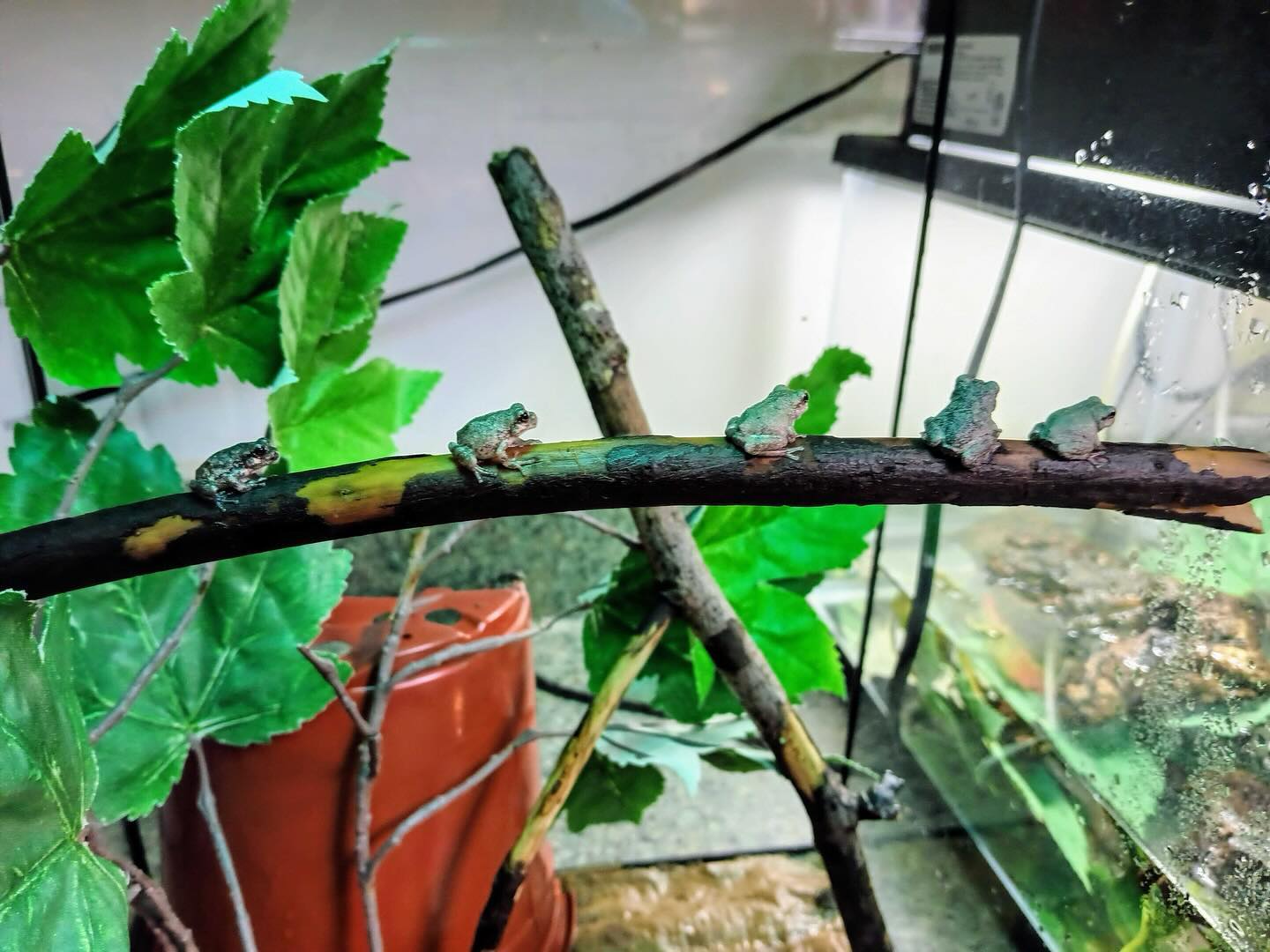- The behavioral context behind animal anticipation and waiting in zoological settings
- Implementing ethical standards and enhancing animal welfare in zoos
- The role of zoos in wildlife conservation and species recovery programs
- Techniques used by zoologists and zookeepers to understand and interpret animal behaviors
- Challenges and strategies for the future of wildlife conservation in zoological institutions
Zoological parks and wildlife conservation centers are critical in fostering a connection between humans and the natural world. At the core of these institutions is the profound interpretation of animal behavior, particularly in anticipating the needs and understanding the ‘what are they waiting for?’ in animals’ actions. This fundamental question not only shapes how we interact with these majestic creatures but also influences their well-being in captivity and informs our conservation efforts.
Behavioral Context Behind Animal Anticipation and Waiting
Animals in captivity exhibit various behaviors that can indicate their physical health, psychological well-being, and environmental satisfaction. Understanding the behavioral context behind what animals are waiting for requires careful observation and expertise. For instance, pacing might signal anticipation for regular feeding times or be a sign of stress due to confinement. By studying these patterns, zoologists can make informed decisions on managing the animals’ routines to reduce anxiety and improve their quality of life.
Zoos often use environmental enrichment strategies to keep animals engaged and prevent boredom. For example, food puzzles and irregular feeding schedules mimic the unpredictability animals would encounter in the wild, thereby offering mental stimulation. Animals waiting for such enrichment engage in positive anticipation, which enhances their cognitive functions and mimics natural behaviors.
Implementing Ethical Standards and Enhancing Animal Welfare
The importance of high ethical standards in zoo management cannot be overstated. The guiding principles that govern these venues dictate that animals’ physical and psychological needs are paramount. Achieving this requires ongoing welfare assessments and adjustments to animal care practices.
Zoos are increasingly moving away from traditional enclosures and opting for habitats that allow animals to express innate behaviors. This habitat-centric approach reduces the stress associated with captivity with designs that cater to species-specific needs such as climbing, foraging, or swimming. Implementing these standards, animals wait less for human-driven events and are more engaged with their environment, enhancing their overall welfare.
The Role of Zoos in Wildlife Conservation and Species Recovery Programs
Zoos are integral to wildlife conservation efforts. Dedicated to preserving biodiversity, they participate in species recovery programs and provide sanctuary for endangered species, nurturing them with the goal of eventual reintroduction into their natural habitats. In these conservation programs, animals wait in transition as they are prepared for a life in the wild through careful behavioral conditioning and health monitoring.
Collaboration with international conservation organizations helps guide zoo initiatives, ensuring that captive breeding, habitat preservation, and public education align with global strategies. The collective effort not an isolation exercise; rather, zoos serve as ark-like repositories for genetic diversity, crucial for the survival of species at risk.
Techniques Used by Zoologists and Zookeepers to Interpret Animal Behaviors
Interpreting animal behaviors requires a blend of scientific knowledge and intuitive understanding. Zoologists and zookeepers use behavioral conditioning, operant conditioning, and environmental enrichment techniques to decode the ‘what are they waiting for?’ in animals. These methods allow for communication of expectations between humans and animals, improving how they are cared for.
Behavioral studies in zoos often involve detailed observation schedules, data collection, and analysis to understand the nuances of animals’ needs and preferences. In many scenarios, these experts use their findings to predict when animals are likely to exhibit specific behaviors, preemptively meeting their requirements before signs of stress or discomfort arise.
Challenges and Strategies for the Future of Wildlife Conservation in Zoological Institutions
Zoos face various challenges in their conservation efforts, from habitat loss in the wild to changing public perceptions of wildlife in captivity. However, the most pressing issue remains in balancing the needs of animals with the educational and research mandates these institutions carry. As such, zoos must adopt innovative strategies and technologies to advance their conservation role without compromising the animals’ welfare.
In the context of global biodiversity decline, the stakes are high. The anticipation in the eyes of a tiger pacing its enclosure isn’t just about its next meal or enrichment activity; it’s a stark reminder of the uncertain future many species face. Zoos adapt to these challenges by fostering genuine connections between visitors and wildlife, advocating for conservation funding, and participating in international breeding programs.
Moreover, zoos continually improve their practices through scientific research and collaboration with conservation biologists. They are important centers for education and engagement, fostering a better understanding and appreciation of wildlife among the public and inspiring the next generation to protect the natural world.
Engaging the public in the stories behind the ‘what are they waiting for?’—whether it’s the release of a rehabilitated animal or the arrival of a new species to the zoo—translates into greater support for conservation initiatives. These narratives use social media and interactive exhibits to reach a global audience, amplifying the importance of wildlife preservation.
As zoos evolve, so too do their purpose and the imperative to answer the ‘what are they waiting for?’ question with ever greater precision and compassion. By monitoring the impact of management decisions, refining conservation tactics, and leading by example in the ethical treatment of animals, zoological institutions stand at the forefront of wildlife stewardship.
Their role as conservators and caretakers is far from static, influenced by scientific advancements and public expectations. By staying attuned to the behaviors and needs of their animal inhabitants, zoos sustain their relevance in an increasingly conservation-minded society, joining in the broader quest to secure a future for Earth’s wildlife.
*****
Source Description
What are they waiting for?


